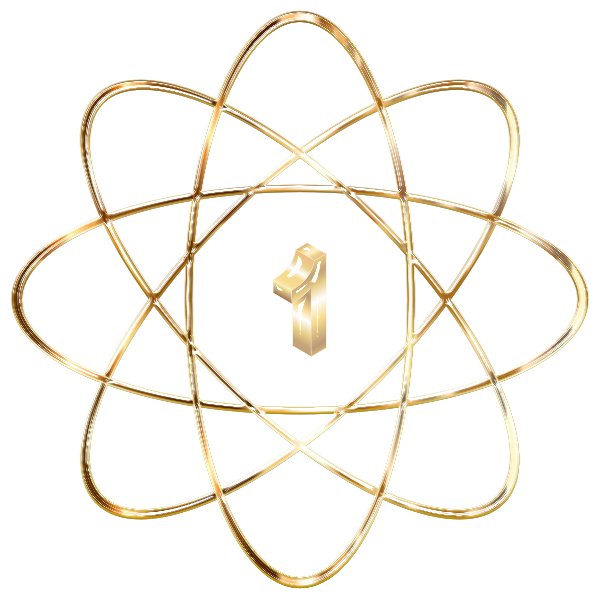You've heard of calculating the atomic radius of gold, but how do you actually do it? In this article, we'll discuss how to find out the exact number.
Gold's Atomic Radius
Gold's atomic radius is 0.146 nm, which is about 0.74% of the atom's volume. In a unit cell, gold takes up approximately 74% of the space. To calculate the atomic properties of gold, you should know the density of gold, which is approximately 0.74 moles per cubic centimeter.
In the unit cell of the fcc lattice, atoms are arranged in a face-centered cubic structure. This means that atoms are touching along the diagonal, which is generally drawn as a line from the center of one atom to the center of the next. This means that the hypotenuse of the fcc lattice is 4r. This radius is called the gold atomic radius, or r. By the Pythagorean theorem, r = 0.146 nm.
If we calculate the atomic radius of gold, we get its molar mass: 19.3 grams per cubic centimeter. We then divide this value by the radius of gold to get the density of gold. In other words, the density of gold is equal to the mass of gold atoms divided by the volume. For a given unit cell, this is the mass divided by the volume of the unit cell.
Distance Between Nuclei
The covalent and ionic bonds have different radii. If you'd like to find the covalent bond radius, then divide the distance between the nuclei of the two atoms by two. Then, divide the total distance between the nuclei of the two atoms. Once you've done this, you'll know how to calculate the atomic radius of gold. The distance between the two nuclei of the two atoms is 50 picometers (pm).

Metals with Different Atomic Radii
For metals with different atomic radii, the metric unit is g/cm3. The SI-approved unit of density is grams per cubic centimeter. A gold metal with 138 pm radii has a density of 11.9 g/cm3. The unit cell of nickel oxide is 4.20 A. The density of gold is 11.92 g/cm-3. This is the standard unit used for density.
